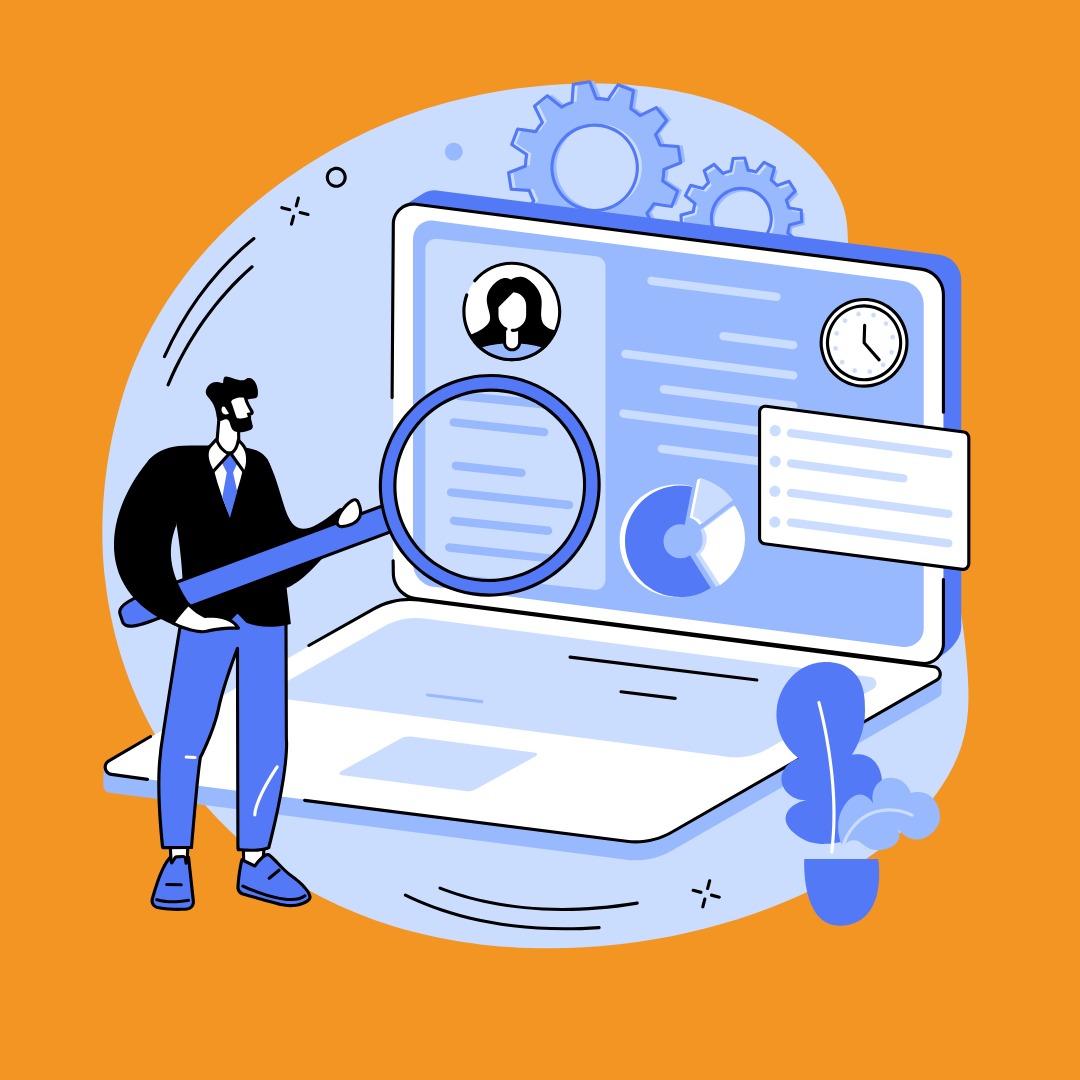Employee Management Software
Employee management software, also known as human resource management software (HRMS) or human capital management (HCM) software, is designed to streamline HR tasks and improve workforce management...

Employee management software, also known as human resource management software (HRMS) or human capital management (HCM) software, is designed to streamline HR tasks and improve workforce management. Here are the functions of employee management software in a point-wise fashion:
-
Employee Records Management:
- Maintain a centralized database of employee records, including personal information, contact details, employment history, and documentation.
-
Attendance and Time Tracking:
- Track employee work hours, attendance, and time-off requests.
- Generate timesheets and reports for payroll processing.
-
Payroll Management:
- Calculate employee salaries, deductions, taxes, and other payroll components.
- Automate payroll processing and generate pay stubs and tax forms.
-
Benefits Administration:
- Manage employee benefits such as health insurance, retirement plans, and leave policies.
- Enroll employees in benefit programs and handle benefit-related tasks.
-
Performance Management:
- Set goals and objectives for employees and conduct performance reviews.
- Track employee progress and provide feedback.
- Identify top performers and areas for improvement.
-
Recruitment and Applicant Tracking:
- Post job openings and manage the entire recruitment process.
- Create job listings, track applicants, and schedule interviews.
- Maintain a talent pool for future hiring needs.
-
Training and Development:
- Plan and schedule employee training programs and courses.
- Monitor training progress and track certifications and qualifications.
-
Employee Self-Service:
- Provide employees with self-service portals to access their personal information, pay stubs, and submit leave requests.
- Reduce HR administrative tasks by empowering employees to manage certain aspects of their profiles.
-
Employee Onboarding and Offboarding:
- Streamline the onboarding process for new hires, including paperwork, orientation, and training.
- Manage offboarding tasks such as exit interviews and equipment return.
-
Compliance and Regulatory Reporting:
- Ensure compliance with labor laws and regulations by generating required reports.
- Handle tax reporting and provide data for government compliance.
-
Employee Communication:
- Facilitate internal communication through announcements, notifications, and messaging within the software.
- Share company policies, updates, and news.
-
Document Management:
- Store and manage important HR documents, including contracts, performance appraisals, and employee handbooks.
- Ensure document security and access control.
-
Employee Engagement Surveys:
- Create and distribute employee surveys to measure job satisfaction and engagement.
- Gather feedback to improve workplace conditions and policies.
-
Workforce Analytics and Reporting:
- Generate HR analytics and reports to assess workforce trends, turnover rates, and productivity.
- Use data to make informed decisions and develop HR strategies.
-
Leave and Time-Off Management:
- Track employee leave balances and approve/reject leave requests.
- Ensure compliance with company policies and labor laws.
-
Task and Workflow Management:
- Assign and track HR-related tasks, approvals, and workflows.
- Streamline processes like performance reviews and benefits enrollment.
-
Security and Access Control:
- Implement security measures to protect sensitive HR data.
- Define role-based access control to restrict access to specific functions and data.
-
Integration with Other Systems:
- Integrate with other business software such as accounting, payroll, and ERP systems to ensure data consistency.
Employee management software plays a critical role in efficiently managing an organization's workforce, automating HR processes, enhancing employee engagement, and ensuring compliance with labor regulations. It helps HR professionals streamline their tasks and focus on strategic HR initiatives.
Category
Software DevelopmentInterested in Employee Management Software ?
Contact us today to learn more about how we can help you with Employee Management Software .
Get In Touch